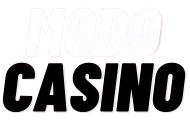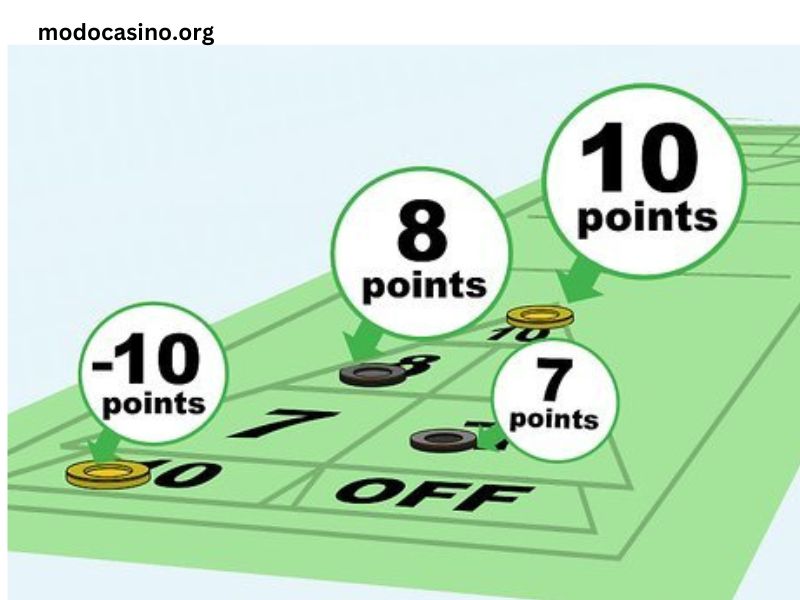Shuffleboard is a classic game that combines skill, strategy, and a bit of luck. Played on a long, narrow court, it involves sliding weighted pucks, known as “discs,” down the court to land in scoring zones. Whether you’re playing on a tabletop or a full-size shuffleboard court, understanding the rules, techniques, and strategies can make the game more enjoyable and competitive. This guide provides a thorough overview of how to play shuffleboard, from the basics to advanced strategies.
1. Understanding Shuffleboard
1.1 What is Shuffleboard?
Shuffleboard is a game where players or teams slide pucks down a long, smooth surface (either a table or a floor court) to score points by landing them in designated scoring zones. The objective is to score more points than your opponent by the end of the game.
1.2 Equipment Needed
- Shuffleboard Table or Court: A shuffleboard table is typically 9 to 22 feet long and 16 to 20 inches wide. A shuffleboard court for floor play is usually 39 to 52 feet long and 6 to 10 feet wide.
- Discs: These are the pucks used in the game. They are typically made of metal or plastic and come in different colors, usually red and blue.
- Cues (for Table Shuffleboard): These are used to slide the discs on a shuffleboard table.
- Brushes (for Table Shuffleboard): Used to clean the surface of the table for smoother play.
- Shuffleboard Powder (for Table Shuffleboard): This is sprinkled on the table to reduce friction and allow discs to slide more smoothly.
2. Setting Up the Game
2.1 Preparing the Court/Table
- For Table Shuffleboard: Clean the surface with a brush and apply shuffleboard powder evenly. Make sure the table is level.
- For Floor Shuffleboard: Ensure the court is free of debris and marked with the correct scoring zones.
2.2 Determining the Order of Play
Players or teams typically determine the order of play through a coin toss or random draw. Players then alternate sliding their discs down the court or table.
3. Basic Rules and Scoring
3.1 Objective of the Game
The goal is to slide your discs down the shuffleboard and have them land in the highest scoring zones. Points are awarded based on where the discs land.
3.2 Scoring Zones
- For Table Shuffleboard: The scoring zones are usually marked with numbers (e.g., 1, 2, 3, 4, 5) and located at the end of the table. The highest score is usually 15 or 21 points per game, depending on the rules.
- For Floor Shuffleboard: The court is divided into scoring zones marked with numbers (e.g., 1, 2, 3, 4, 5). The highest score is usually 15 or 21 points per game, depending on the rules.
3.3 Scoring System
- Table Shuffleboard: Only one player or team can score points per round. Points are awarded based on the discs closest to the far end of the table.
- Floor Shuffleboard: Similar to table shuffleboard, only one player or team scores per round, with points awarded based on disc placement in the scoring zones.
4. How to Play
4.1 Basic Play
- For Table Shuffleboard: Players take turns sliding their discs down the table. The aim is to get your disc as close to the far end of the table as possible without falling off the edge. You can knock your opponent’s discs off the scoring zones to reduce their score.
- For Floor Shuffleboard: Players take turns sliding their discs down the court. The goal is to land the discs in the scoring zones, avoiding the “kitchen” (a lower scoring area).
4.2 Slide Technique
- Grip: Hold the cue or disc firmly but not too tightly. For table shuffleboard, use a pendulum motion to slide the disc smoothly.
- Release: Aim to release the disc with a consistent force and angle. For floor shuffleboard, the motion should be smooth and controlled to achieve accurate placement.
4.3 Defensive Play
- Blocking: Use your discs to block your opponent’s path, making it harder for them to score.
- Knocking Off: Aim to knock your opponent’s discs out of scoring zones, reducing their potential points.
5. Strategies for Success
5.1 Developing Accuracy
Practice sliding your discs with precision to improve your accuracy. Focus on consistent speed and angle to achieve reliable results.
5.2 Strategic Placement
Think ahead about where you want to place your discs and how you can use them to your advantage. Positioning can be crucial in both offense and defense.
5.3 Adapting to Opponents
Observe your opponent’s playing style and adjust your strategy accordingly. Adapt your approach to counter their strengths and exploit their weaknesses.
6. Common Mistakes and How to Avoid Them
6.1 Overthrowing or Underthrowing
Ensure you apply consistent force when sliding your discs. Practice to develop a reliable sense of how much power is needed for different shots.
6.2 Poor Technique
Maintain a proper stance and grip to improve control over your shots. Avoid hasty or rushed movements that can lead to inaccuracies.
6.3 Neglecting Defense
Balance your offensive and defensive strategies. Don’t focus solely on scoring points; use defensive plays to hinder your opponent’s progress.
7. Variations and Advanced Play
7.1 Doubles Shuffleboard
In doubles play, teams of two take turns sliding discs. Communication and coordination are key to success in this format.
7.2 Tournament Play
In competitive tournaments, players often follow specific rules and formats. Familiarize yourself with tournament rules and strategies for the best performance.
7.3 Advanced Techniques
Explore advanced techniques such as “sweep shots” and “bank shots” to add versatility to your gameplay. These techniques can be effective in both offense and defense.
Conclusion
Shuffleboard is a game of skill, strategy, and precision. Whether you’re playing on a table or a full-size court, mastering the basics and honing your techniques can lead to a rewarding and enjoyable experience. With practice and strategic thinking, you can improve your gameplay and become a formidable opponent. So gather your friends or family, set up your shuffleboard, and enjoy the timeless fun of this classic game!




